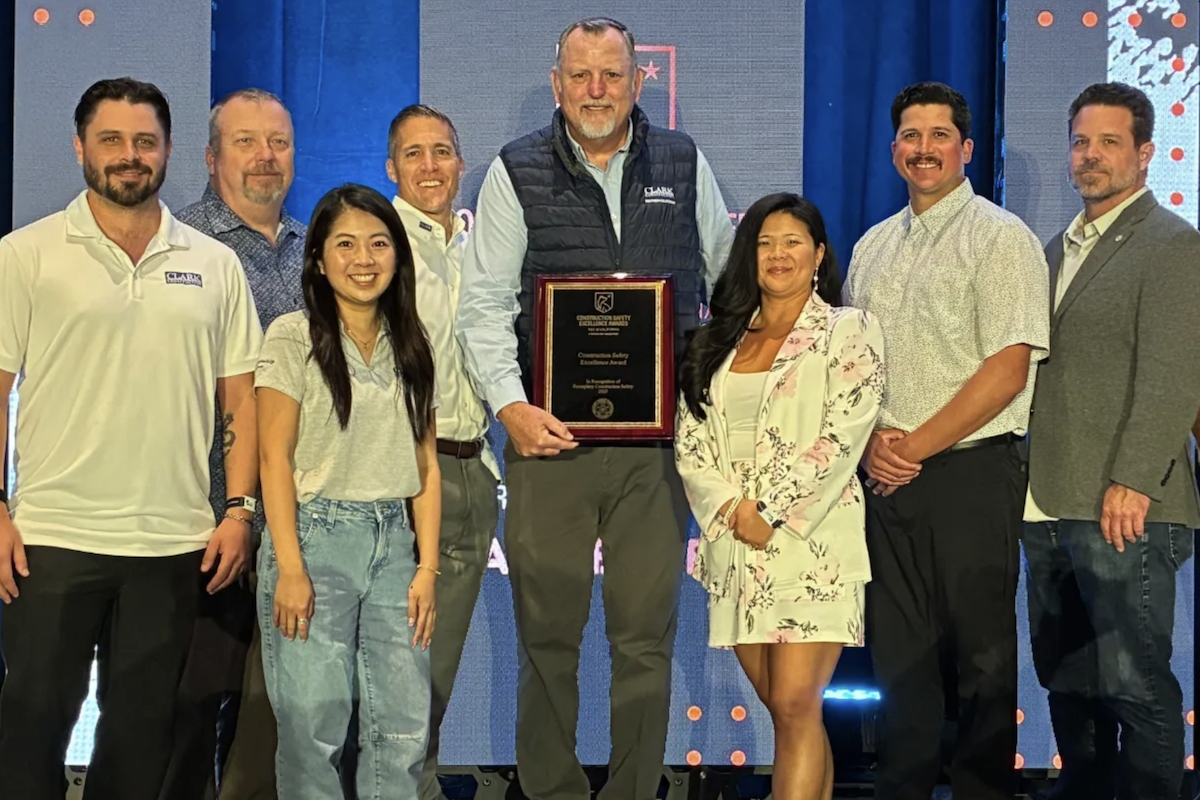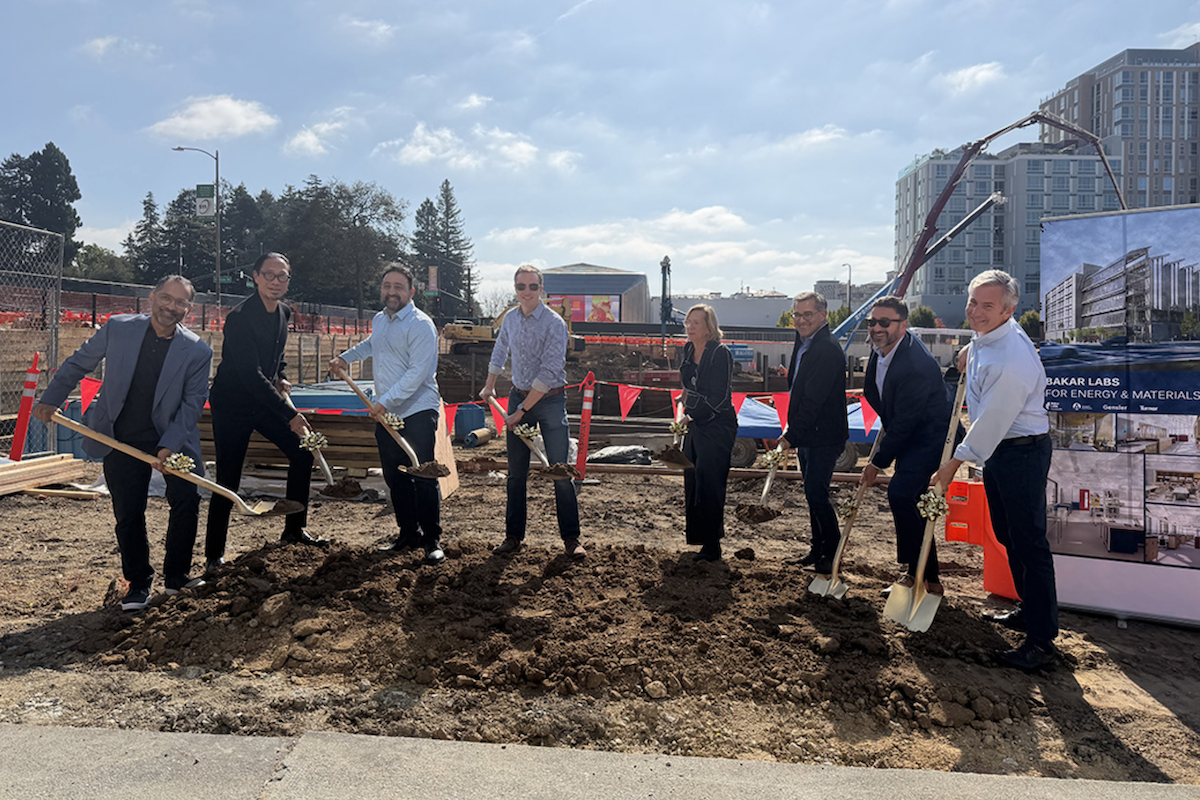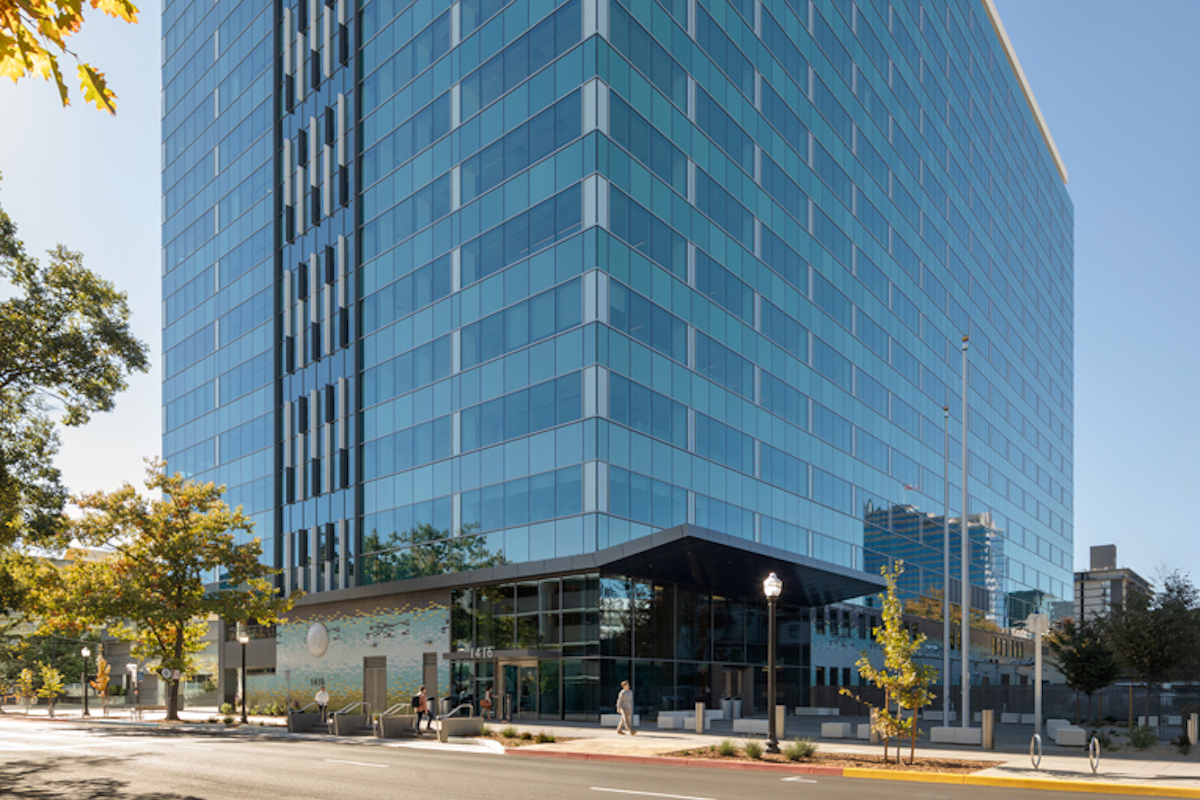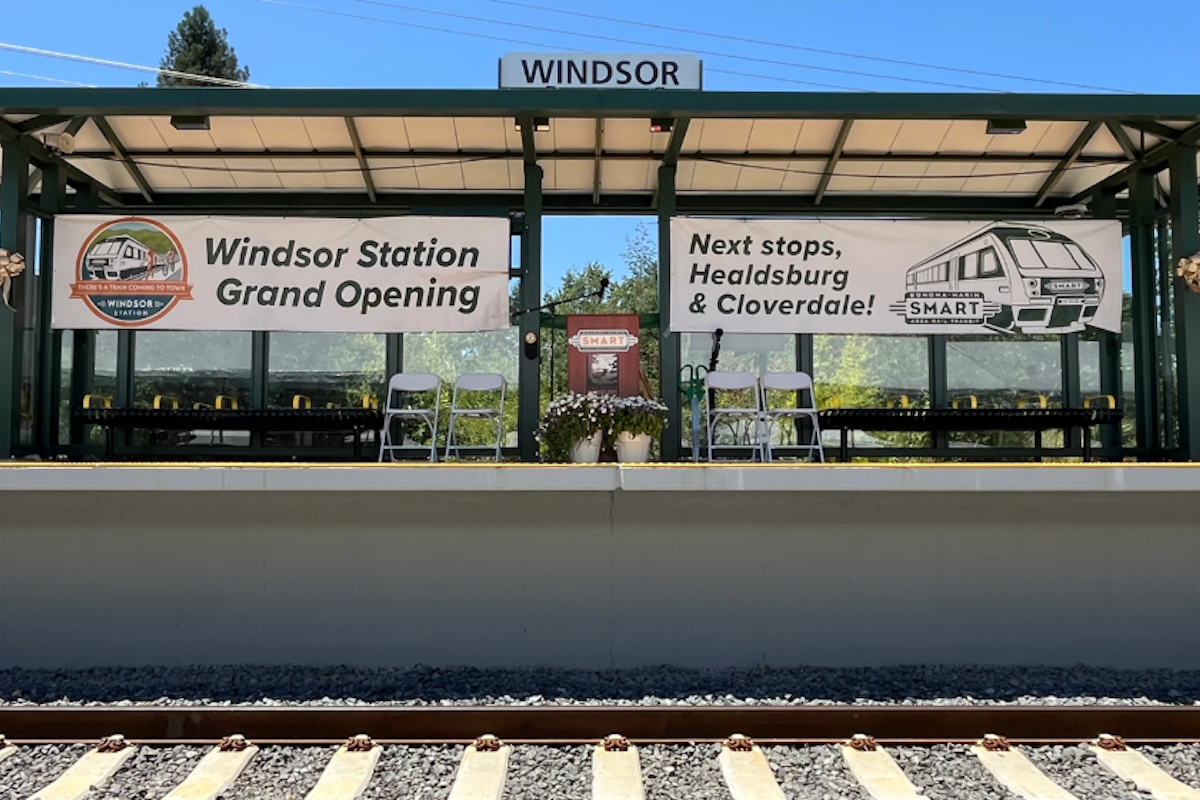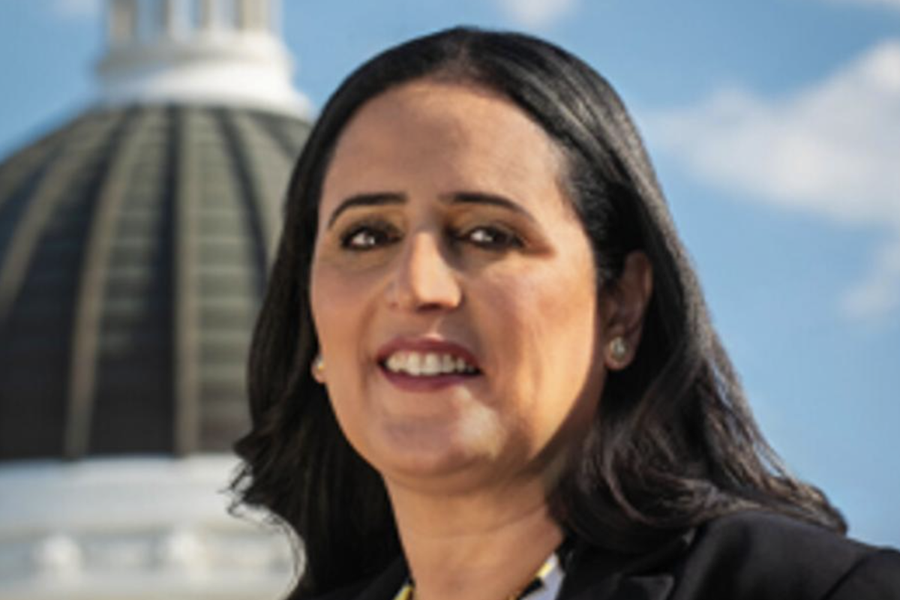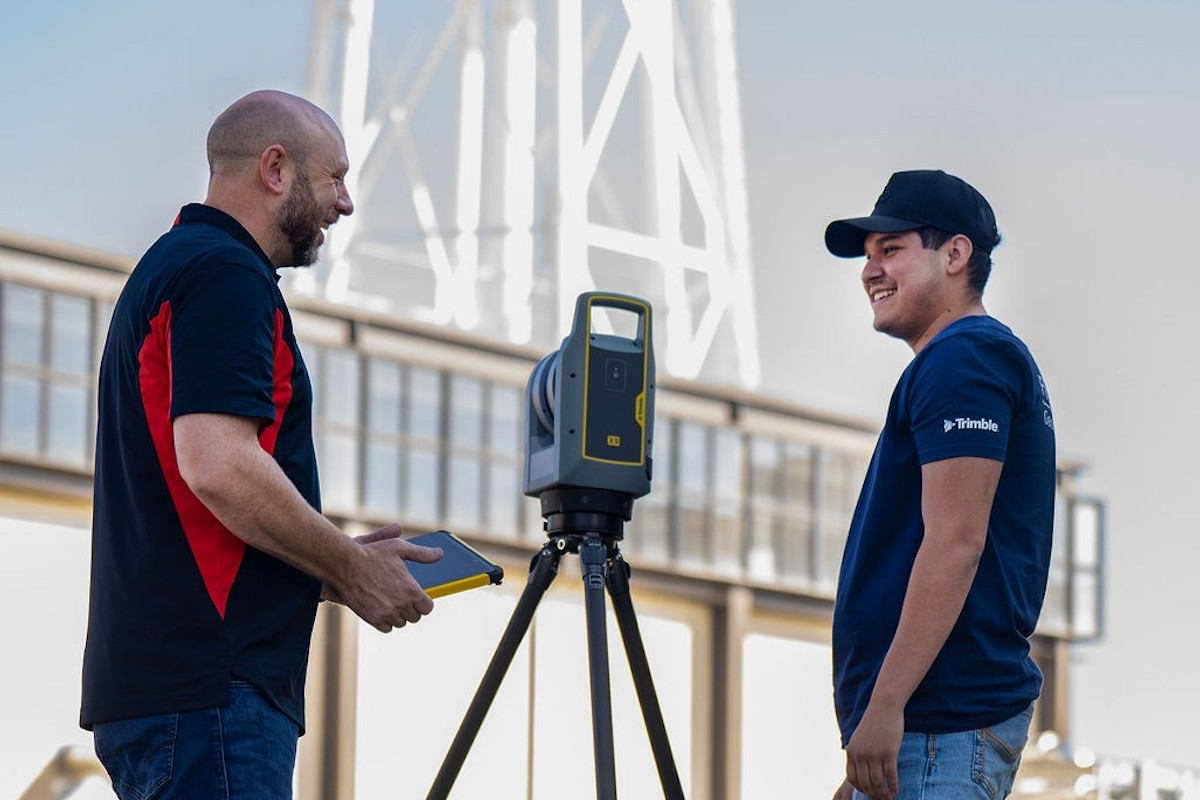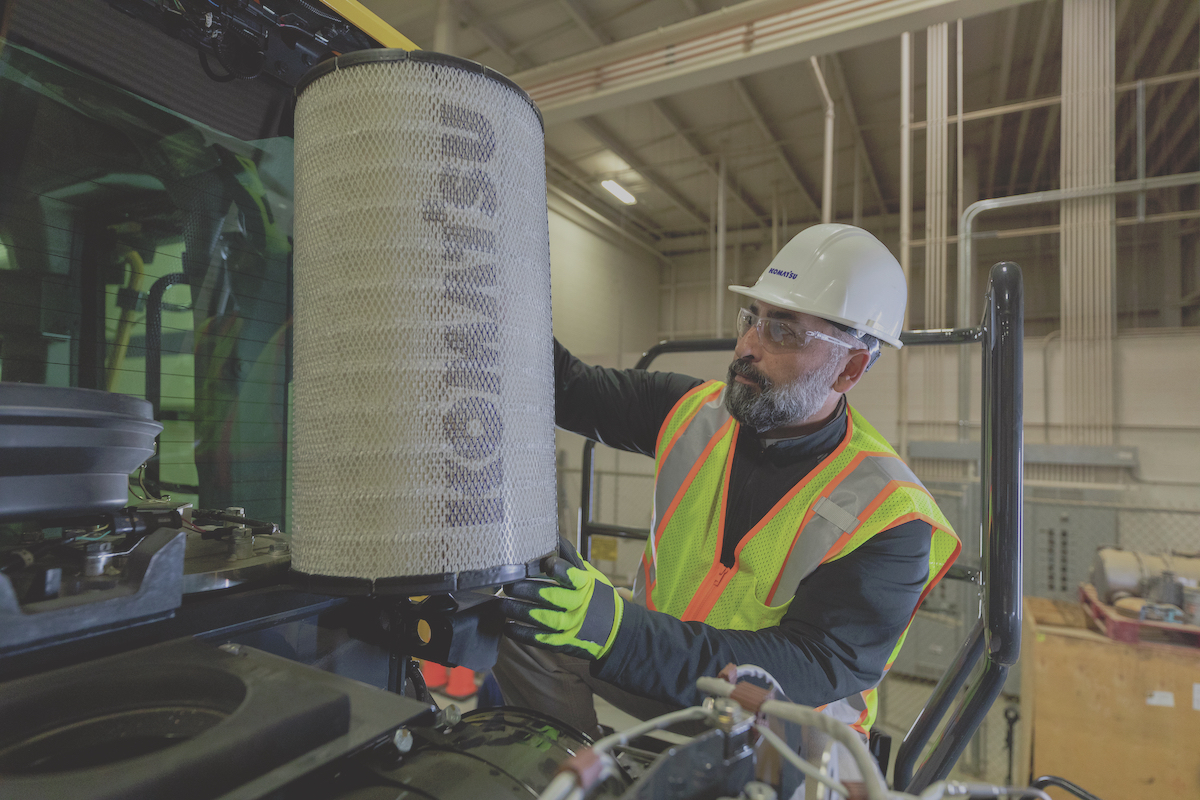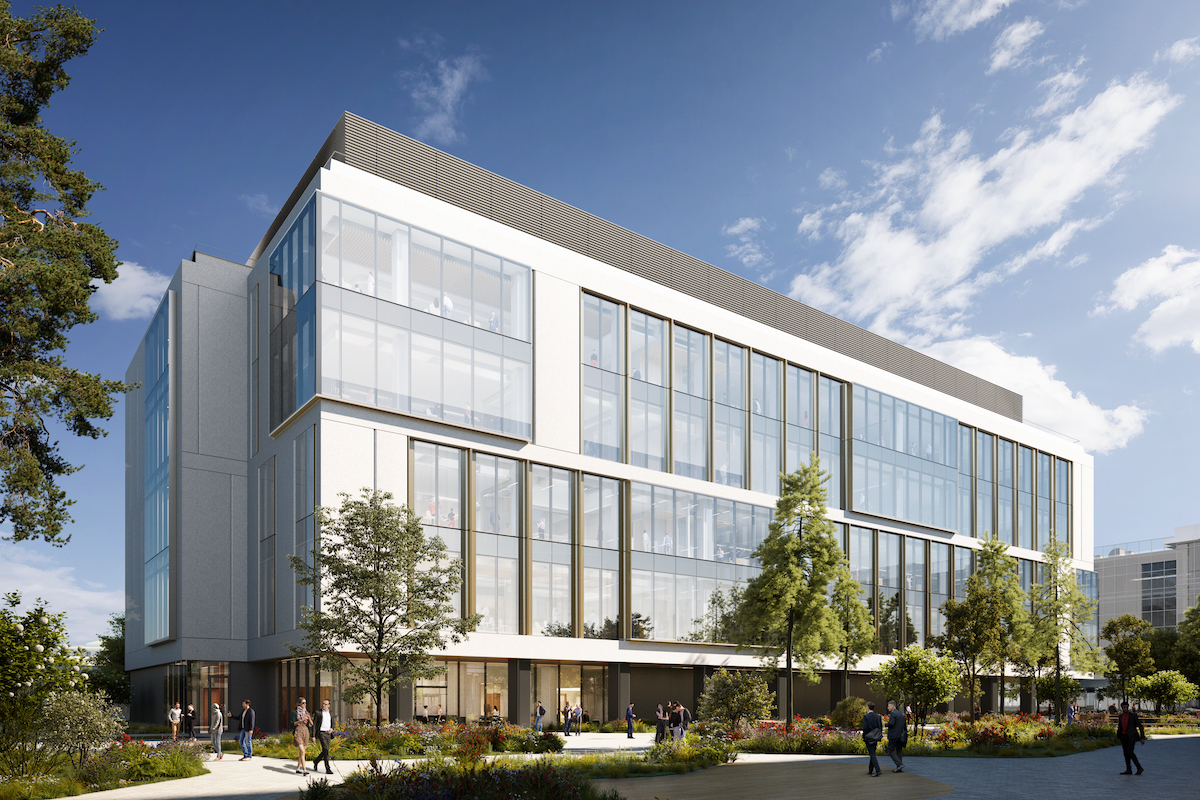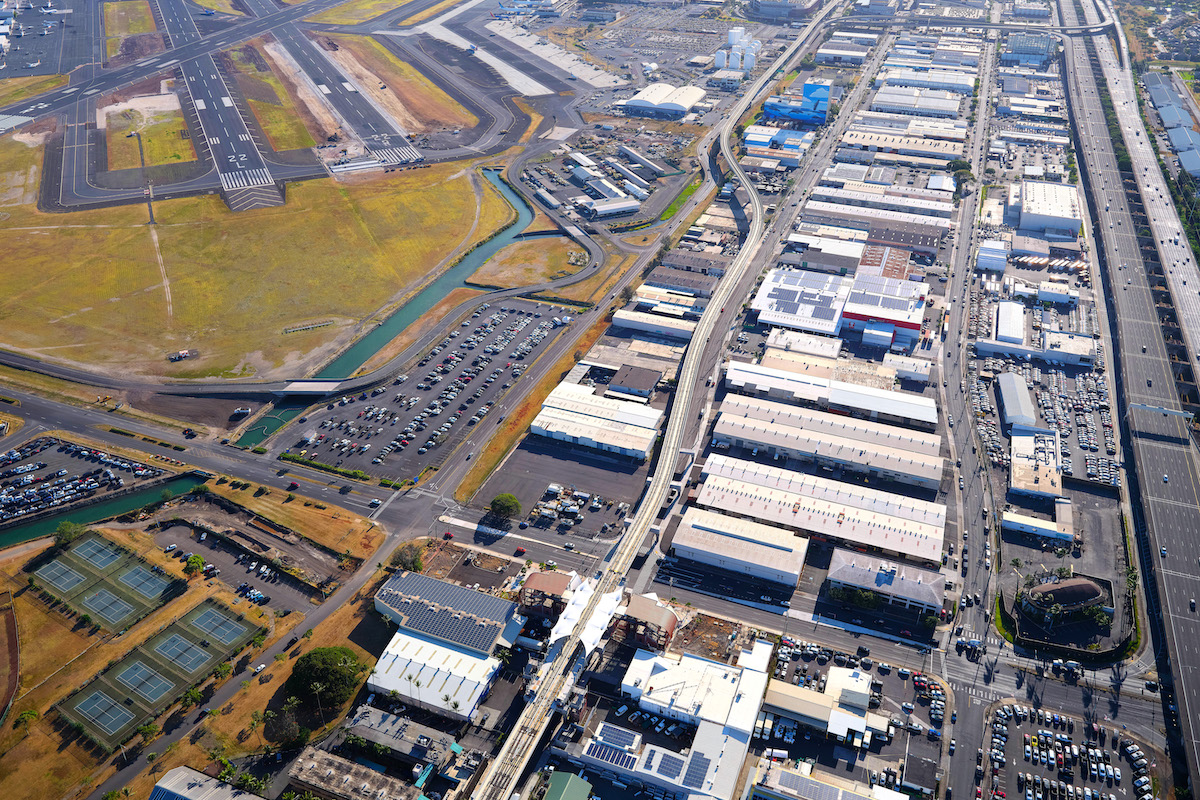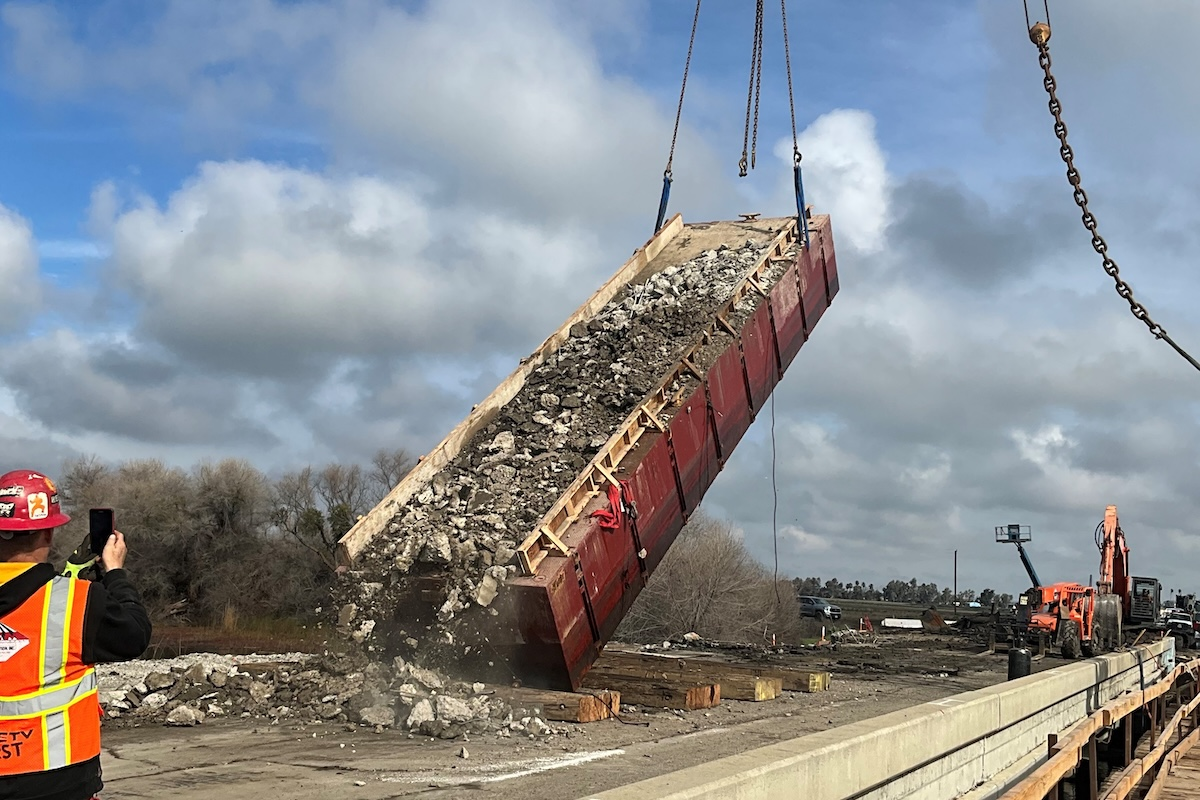“It is exciting and satisfying on both a personal and professional level to witness this transformational transit project,” said Jason Choi, WSP Project Manager for the Regional Connector. “The Regional Connector project has been a unique experience and the project of a lifetime for me over the past 12 years, as WSP has provided environmental and engineering services for the owner from the early planning stage through design and construction, to systems integration, testing, through start of revenue service.”
WSP USA has been working on the Los Angeles Regional Connector project since 2008. In 2014 when construction began, WSP USA started providing on-site design support on behalf of Metro with Regional Connector Constructors, the joint venture of Skanska and Traylor Brothers, Inc. that was contracted by Metro to design and build the project. WSP, in a joint venture with AECOM as the Connector Partnership, provided transportation planning, rail design, and rail planning for the Regional Connector.
The project included the creation of three new stations: Little Tokyo/Arts District Station at 1st Street and Central Avenue; Historic Broadway Station at 2nd Street and Broadway; and Grand Avenue Arts/Bunker Hill Station at 2nd and Hope streets.
The Regional Connector features some notable “firsts” for Metro and the city of Los Angeles. It is Metro’s first cavern excavated in soft rock in L.A. for a rail crossover, that has been constructed using the sequential excavation method.

| Your local Gomaco dealer |
|---|
| Terry Equipment |
It marks Metro’s first use of high-speed elevators for a station instead of escalators. The new Grant Avenue Arts/Bunker Hill Station at Second and Hope streets features six high-speed elevators due to the depth of the station. Hoisting equipment is located below the elevators — rather than above — to avoid the visual impact at the station entrance pavilion.
Another of the project’s innovations involved the location of a fan plant at the junction of the two lines coming into Little Tokyo to provide ventilation for the underground transit lines. WSP’s design analysis confirmed that this scheme would work at this location, which resulted in significant cost savings for the client.
“The Regional Connector project encompassed all technical disciplines for underground rail transit, beyond geotechnical, structural, and tunnel engineering,” said William Hansmire, who served as Project Manager for the project from the start through 2020. “WSP was also involved with architecture, mechanical, and electrical engineering, and transit systems, including traction power, communications, and train control. It gave our firm an opportunity to make a significant contribution to a transit project that will make Los Angeles a better place to work and live for coming generations.”
Many local attractions, businesses, and stakeholders will benefit from better connectivity, including the Walt Disney Concert Hall, the Colburn School of music, The Broad art museum, the Japanese American National Museum, the Downtown Los Angeles Financial District, and Little Tokyo and the Arts districts.

















